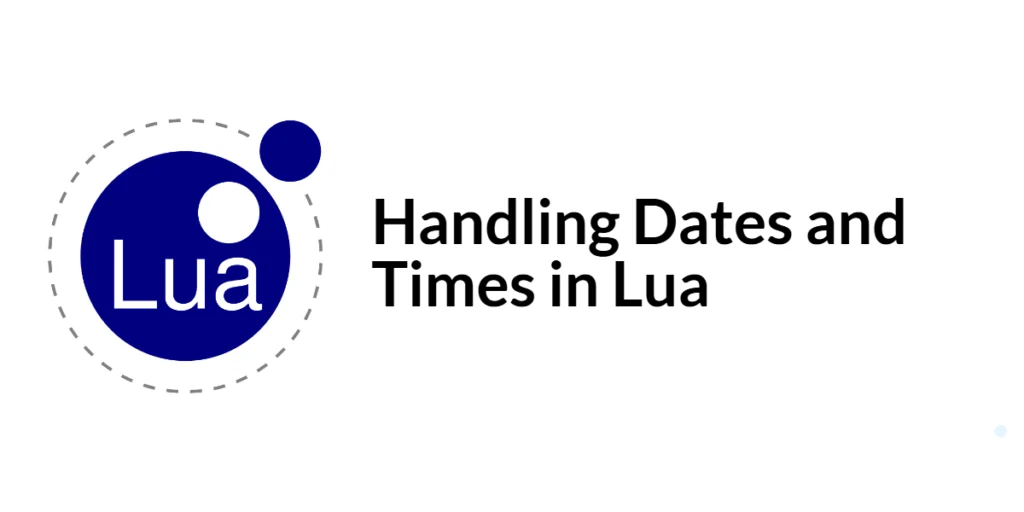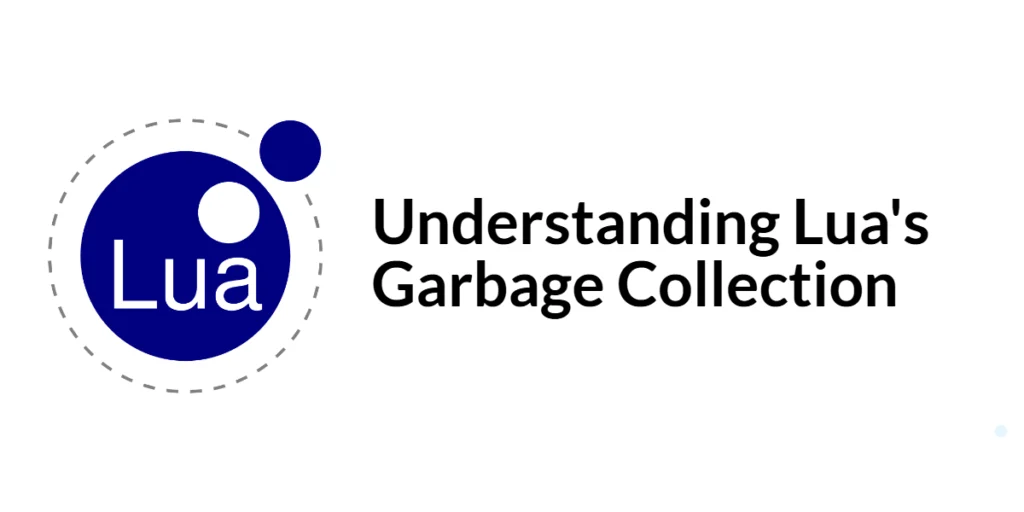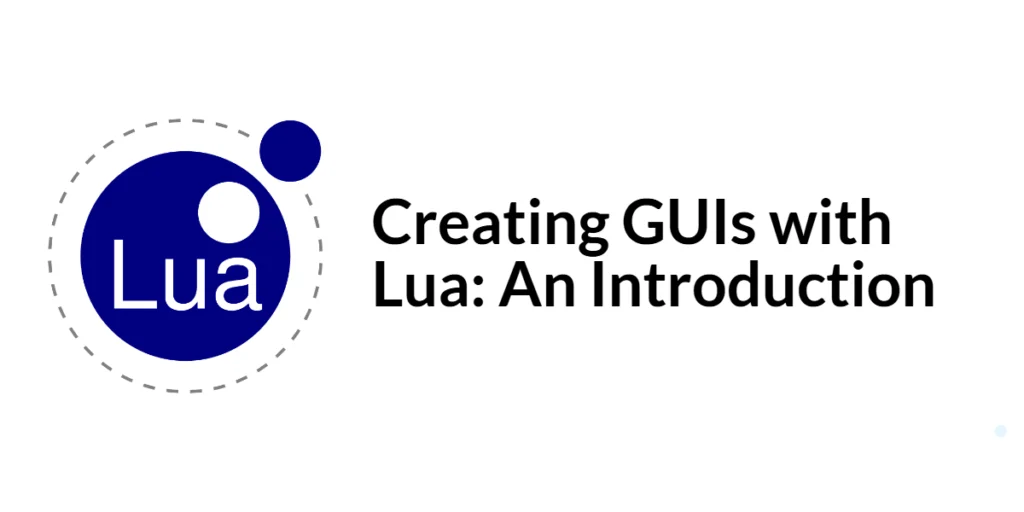Using Lua with Databases: SQLite Example
Using databases is a fundamental aspect of modern application development, enabling efficient data storage, retrieval, and manipulation. Lua, a lightweight scripting language, can interact with various databases, including SQLite. SQLite is a self-contained, serverless, and zero-configuration SQL database engine, making it an excellent choice for embedded systems, small applications, and testing. In this article, we […]
Using Lua with Databases: SQLite Example Read More »









